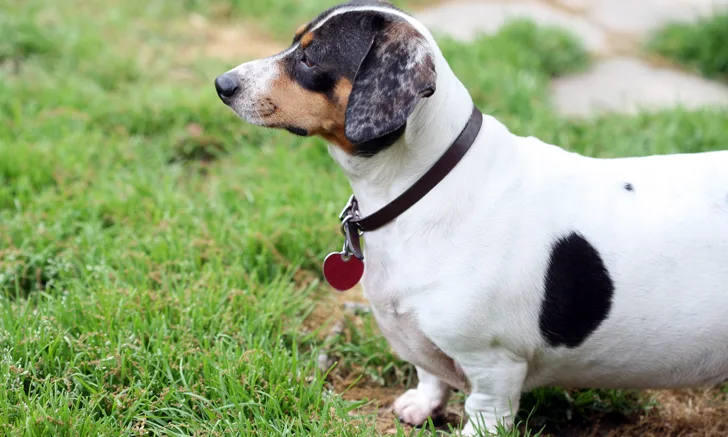Anesthetic Induction with Propofol in Lean Versus Obese Dogs
Rebecca Johnson, DVM, MS, PhD, DACVAA, University of Wisconsin–Madison

In the Literature
Devito FC, Patricio GCF, Flôr PB, et al. Comparative study of anaesthesia induction in obese dogs using propofol dosages based on lean body weight or total body weight. Vet Anim Sci. 2020;10:100131.
The Research …
Prevalence of overweight and obese dogs is increasing and reported to be 34% to 53% in the United States.1,2
Obesity in dogs involves chronic positive energy imbalances, inflammatory states, and structural changes associated with deleterious effects on metabolic pathways, as well as the musculoskeletal, respiratory, and cardiovascular systems. Pharmacokinetics of anesthetic agents are also affected. As total body weight increases, both lean and fat mass increase, but these are not parallel, as lean mass becomes a smaller proportion of total body weight. A review detailed these differences between lean and obese small animals and the effect on pharmacokinetics,3 which reinforces the need for caution when anesthetizing obese dogs, especially in regard to dosing strategies.
Obesity in dogs is quantified using validated BCS systems. One scale defines a score of 8-9/9 as obese, with body fat approximately ≥35% (Figure).3,4
This study compared propofol induction in dogs with ideal BCS (ie, 4-5; control group) with those classified as obese (ie, BCS, 8-9). Propofol was administered based on total body weight to dogs in the control group. In obese dogs, propofol was administered based on either lean body weight or total body weight. Tramadol (2 mg/kg IM) was administered, and anesthesia was induced using propofol (150 mg/kg/hour CRI) in all patients.
Time to unconsciousness took significantly longer (359.1 seconds) in the lean body weight group than in the control group (241.7 seconds) and in the total body weight group (200.3 seconds). As a result, the propofol dose was significantly higher in dogs in the lean body weight group (14.1 mg/kg) than in dogs in the control group (11.4 mg/kg) and in the total body weight group (8 mg/kg). These results confirm both that obese dogs require a lower cumulative induction dose of propofol and that obese dogs induce faster when doses are based on total body weight compared with ideal BCS.
Propofol doses were expected to be similar in the ideal BCS group and in the lean body weight group, as seen in other human and animal studies,5-7 but that was not observed in this study, possibly due to differences in methodologies used to determine lean body mass. Other factors, including subjective assessment of unconsciousness and differences in speed of propofol administration, may also have influenced results. Despite these limitations, the desired anesthetic plane was achieved in obese dogs using a smaller propofol dose than was required for dogs with ideal BCS.


Dog with BCS of 8. Minimal abdominal tuck and lumbar/tail base fat pads can be seen from the side (A). Heavy fat deposits are seen in the lumbar area, and no waist is present from the top view (B). Confirmation is based on ribs only being felt on palpation with significant pressure.
… The Takeaways
Key pearls to put into practice:
Propofol should be administered slowly and to effect when inducing unconsciousness; however, if administration is too slow, dogs can exhibit excitement and involuntary muscle movements before the appropriate anesthetic plane is reached.
Obese dogs (ie, BCS, 8-9/9) may have important alterations in cardiovascular and respiratory physiology that substantially impact the anesthetic procedure and pharmacokinetic properties of anesthetic agents, confirming the importance of unique drug choices and doses for each individual patient.
When using total body weight for calculations, lower doses of propofol (based on mg/kg) should be administered to obese dogs to produce unconsciousness. Choosing appropriate doses for obese dogs may help reduce unwanted effects (eg, hypotension, apnea) of large propofol boluses, as these consequences may be more profound in obese (versus lean) dogs.
You are reading 2-Minute Takeaways, a research summary resource presented by Clinician’s Brief. Clinician’s Brief does not conduct primary research.